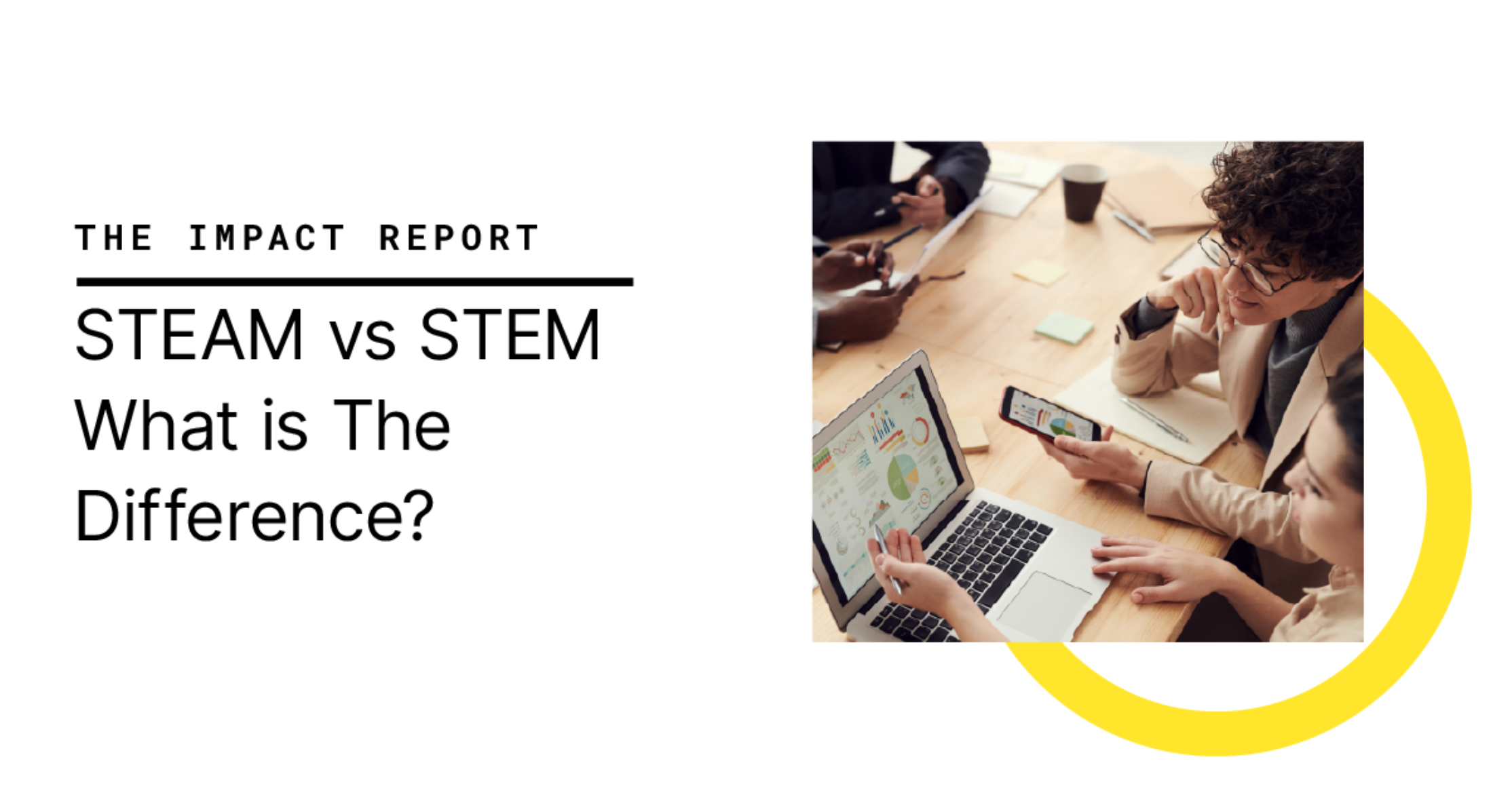Whether your organization is championing women in STEM focused initiative, or looking towards programs focused on STEAM, understanding the difference between these sectors is important to facilitating successful career pathway programs.
What is STEM?
STEM encompasses four disciplines: science, technology, engineering, and math. As a buzz-word and concept, it is relatively new. Coined by the National Science Foundation in the early 2000s, it began gaining popularity in when then-President Bill Clinton launched an initiative to increase K-12 students' access to computers by providing grants for technology upgrades at schools across America. In 2009, President Barack Obama followed suit by creating more opportunities for students enrolled in high school science programs.
Since then, many organizations like NASA, Mastercard, and Intel have created programs designed specifically for students interested in STEM fields. These leading businesses facilitated programs that have not only supported the next generation of students exploring STEM fields, but also contributed to supporting their internal CSR initiatives.
The world of STEM careers and educational programs is expanding, as the need for increased workers in these fields continues to grow. STEM occupations have grown 79 percent in the past three decades and are projected to grow an additional 11 percent from 2020 to 2030.
What is STEAM?
STEAM is a more recent concept than STEM, and many argue it's a better fit for today's world.
While STEM focuses only on science, technology, engineering and math, STEAM has been expanded to include the "A" for art. This means that STEAM is not only more inclusive of all types of students, but also takes into account other fields such as design and even business.
STEAM is more often used to help support students in learning creative leadership skills and new ways to approach traditional STEM careers, providing a more holistic education and fostering creative problem solving.
How do both STEM and STEAM support social impact?
The globe’s leading brands have been expanding their program initiatives surrounding STEM for over a decade, in part due to the increased need for workers in the profession and the large gender divide in STEM careers. Increasing the number of women in STEM careers is one of the most important issues within the Big Tech community. Closing the gender gap in STEM is no easy feat. Women make up only 28% of the workforce in STEM, and men vastly outnumber women majoring in most STEM fields in college.
IBM has launched an initiative called STEM for Girls India, a three-year CSR program for imparting digital literacy and coding skills alongside career development and empowerment, to improve career prospects of over 2,00,000 girls. Mastercard launched the Girls4Tech program, to enable kids to discover a range of STEM careers and announced a new goal for the program to reach five million girls globally by 2025.
While STEM programs have more traditionally received attention in the world of social impact and CSR, STEAM programs help provide a broader understanding of science and technology, and explore the value of science as more than just an economic contribution.
Initiating your own STEM and STEAM focused CSR initiatives could be done in many ways, starting from the hiring and recruiting process and extending into C-Suite and CSR initiative decision making processes.
In order to more effectively enhance STEM and STEAM education, companies may work with various NPOs, or partner with organizations that platform accessible projects to help reach their CSR goals, like Paragon One.
Paragon One facilitates CSR Learning focused externship programs to help CSR Learning Leaders who are seeking to bolster their CSR objectives. Paragon One provides a high-value low-effort solution for expanding their talent pool, while prioritizing CSR and enriching team impact by creating real-work experiences for Fortune 1000 leaders of tomorrow. STEM programs like HSBC’s Product Management and Web3 Remote Externship allowed students to gain product management skills by ideating and developing a fintech product.
Companies integrating CSR have been shown to increase sales and prices as well as reduce employee turnover, so not only does advocating for STEM and STEAM focused CSR goals create a more diverse and equitable workforce, but employers reap quantifiable benefits.
Become a Social Impact Leader by Supporting STEM and STEAM
When your organization champions STEM and STEAM initiatives, everybody benefits. Understanding how to take action on the latest focus in the Fortune 1000 makes it possible for your brand to see increased success while creating real social impact for the underserved communities of tomorrow.
